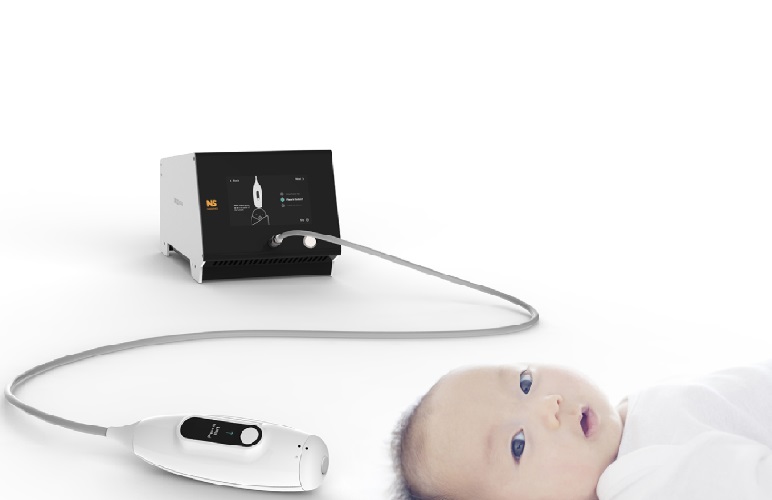Clinical Trial Suggests Sonoporation Could Double Survival Time for Pancreatic Cancer Patients
By MedImaging International staff writers
Posted on 14 Jun 2016
Researchers have shown that ultrasound can enhance the ability of tumor cells in pancreatic patients to absorb chemotherapeutics, can nearly double the median survival time from diagnosis, and can cause recession of tumors.Posted on 14 Jun 2016
The researchers in Norway combined ‘sonoporation’, an ultrasound technique, with the Gemcitabine chemotherapy. Sonoporation increases the porosity of pancreatic cells using microbubbles, and this enables the chemotherapy drug to enter into cancer cells.

Image: In the new technique, an ultrasound wave excites a microbubble and this increases drug uptake (Photo courtesy of S. Kotopoulis/Haukeland University Hospital, Norway).
The research results were presented at the May 2016 meeting of the Acoustical Society of America (Salt Lake City, Utah, USA) by researchers from the Haukeland University Hospital (Bergen, Norway). The phase I clinical trial included 10 pancreatic cancer patients currently undergoing treatment. The microbubbles undergo inertial cavitation and this creates minute pores in a cell allowing a higher concentration of drugs to enter.
The researchers found that the new technique could nearly double the median survival time of the patients from seven to 18 months, using the same chemotherapy dosage, without any additional toxicity or side effects. As a next step the researchers plan to perform a larger-scale phase I/II clinical trial, and develop a microbubble compound for targeted drug-delivery with low acoustic intensities.
Spiros Kotopoulis, researcher at the Haukeland University Hospital, said, "When we compared the amount of treatment our patients were able to undergo, compared to a historical cohort, we saw a significant increase of treatment cycles.”
Related Links:
Acoustical Society of America
Haukeland University Hospital














